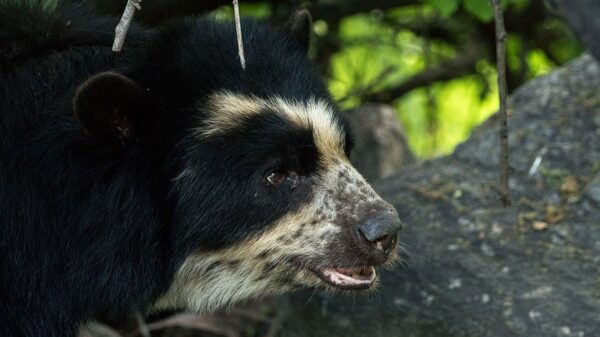- Eat and shop at the local market
- Visit the extensive monastery labyrinth of Santa Catalina
We have breakfast in the cozy inner courtyard of the hostel, then we march to the Mercado San Camilo. As always, there is a lot to discover in the extensive market hall. To spice up breakfast for the next few days, we buy fruits from the wonderfully stacked stands and local cheese. I try one of the numerous food stands mixed plate full of local delicacies. With potato gratin there are dried corn kernels, ceviche and peppers stuffed with minced meat (so-called Rocoto relleno). A fruit salad is waiting for Niki, while I enjoy a fruit juice as usual.
We bring our purchases back to the hostel, before Santa Catalina Monastery goes. At a hefty 40 Sol entry fee, let's go. Divided into different colored sections the extensive complex is like a fortress within the city. The monastery was founded in 1579 by the wealthy widow María de Guzmán. Originally the monastery was a boarding school for the daughters of wealthy Spanish families who were taught by the nuns.

In the history repeatedly shaken by strong earthquakes and damaged, the monastery was opened to visitors in 1970 after extensive renovations. Currently, 21 nuns live in the inaccessible new part of the monastery.

We take a look at the simple living, cooking and sacral rooms and stroll through them colorful streets made of painted sillar walls. The three different colored ones provide highlights Inner courtyards of the monastery surrounded by arcades But there is also a great photo motif behind practically every corner. We explore the extensive area along the labyrinthine alleys named after Spanish cities for almost 3 hours.

After a cafe we go back to the hostel to revise Niki's application. Since we're both not really hungry, we're only going to eat something small from today's enemas.



